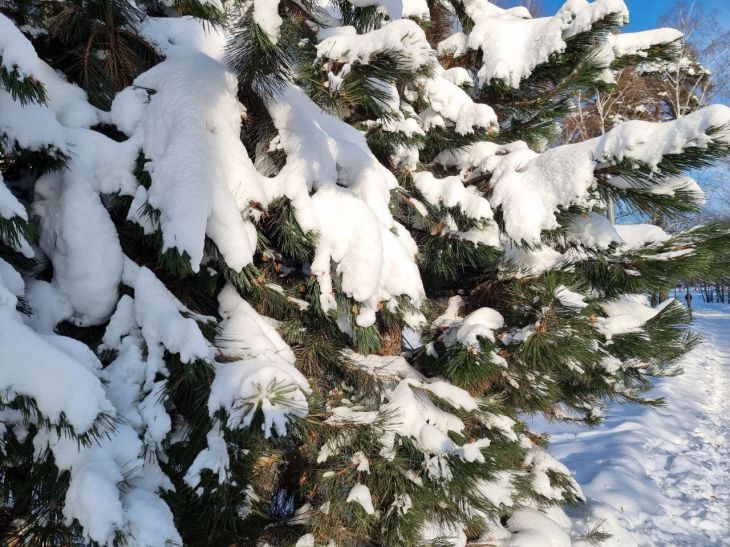Experienced gardeners and vegetable growers know that it is not a good idea to leave plants without cover over the winter.
In the south, you can count on snow cover. In the north, most crops begin to be covered in late autumn or late November.
Anastasia Kovrizhnykh , an expert of the online publication "BelNovosti", an agronomist and landscape designer, reminded gardeners how to prepare plants in the garden for the winter cold.
What plants to cover
Roses must be covered in the garden, and the most suitable option is chosen for each variety.
Also, popular plants that require shelter include clematis, hydrangeas, evergreen boxwood and other crops, including conifers.

What to cover with
1. Most often, it is recommended to use agrofibre, which protects against frost, but prevents damping off and the appearance of mould.
2. Another popular method is fallen leaves. Most often, tree trunk circles are mulched with them.
It is best to use birch or oak leaves, which will last all winter, but they must be dry.
3. Summer residents love coniferous branches because rodents don't like them. They hold snow, keep the roots warm, but they will only help out in snowy winters. When there is little snow, plants can freeze.
4. Only dry sawdust is suitable, and it is recommended to cover it with film so that it does not get wet. But in this case, there is a risk of plants rotting during a thaw.
5. Straw is the cheapest covering material. It has almost no disadvantages, except for one - mice often winter in straw.
In addition, it is necessary to remember that such techniques as hilling and moisture-charging watering help plants to survive the winter. But these procedures are carried out before the onset of frost.









